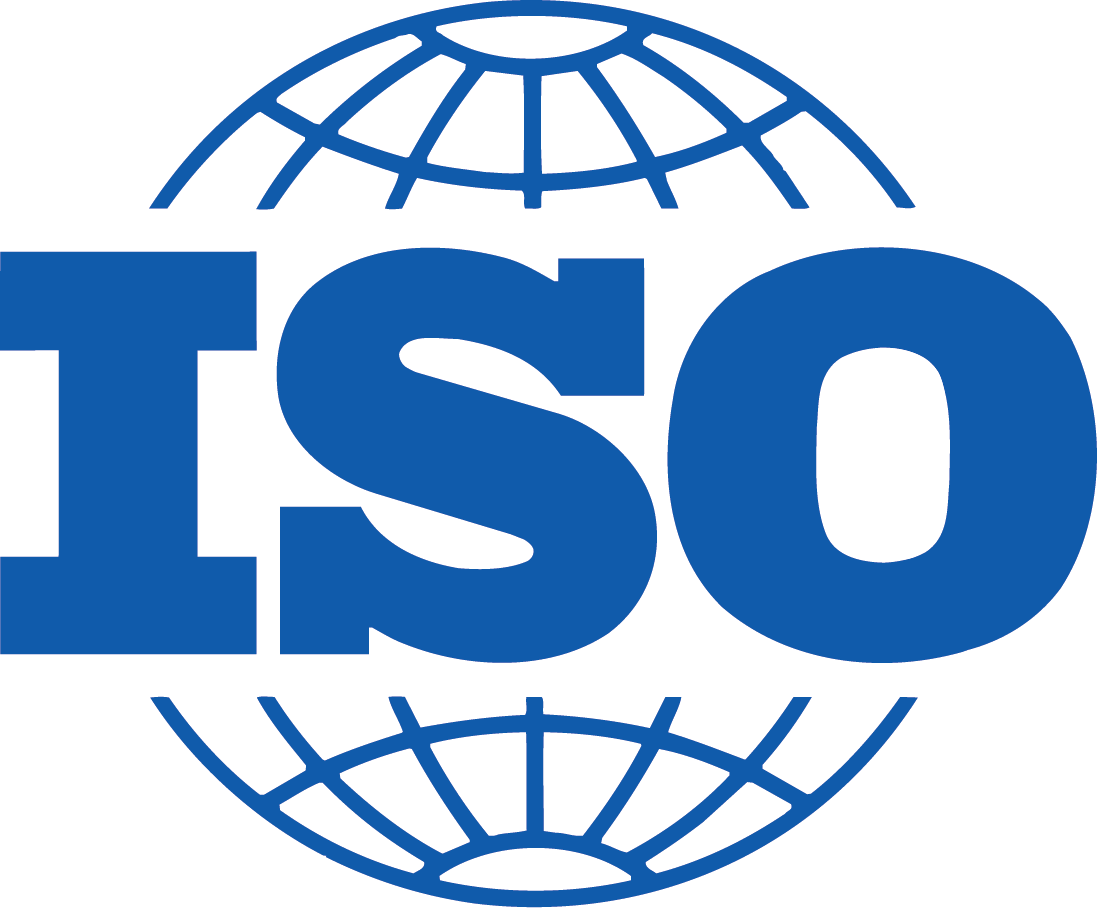This blog series continues to investigate the similarities and differences between ISO 14001: 2015 and ISO 50001:2018. The intent is to help organisations who are looking to get certified to either one or both of these standards to gain an understanding of the benefits and level of effort involved in utilising an integrated approach to obtain certification.
In the last post, we looked at Clause 6 of ISO 14001 and ISO 50001 entitled Planning. In this entry, we will investigate Clause 7 Support.
The requirements for Clause 7.1 of both ISO 14001 and ISO 50001 require the organisation to determine and provide the resources necessary for the implementation, maintenance, and continual improvement. Resources can cover people, infrastructure and equipment, environment and monitoring and measurement resources. The adequacy of resources is an input to the management review and any deficiencies should be reported at this forum.
Like other management system standards, the requirements for Clause 7.2 of both ISO 14001 and ISO 50001 require the organization to:
- determine the competencies required,
- ensure that personnel are competent,
- take action if necessary to attain the required competency,
- evaluate the effectiveness of actions taken to acquire competency, and
- retain records as evidence of competence.
There is a greater focus on the competency of personnel who can impact energy/environmental performance and the EnMS/EMS. For example, greater attention should be paid to staff who operate and maintain significant energy-using equipment/equipment relating to significant environmental aspects, rather than a staff in an administrative role whose actions have little impact on energy performance/environment performance.
Clause 7.3 of both standards addresses Awareness – specifically ensuring that personnel (staff and contractors) under the organisation’s control are aware of the EMS/EnMS policy, implications of not conforming to EMS/EnMS requirements, their contribution to the EMS/EnMS effectiveness. ISO 14001 mandates that awareness of significant environmental aspects is provided whereas ISO 50001 requires that personnel are made aware of the impact of their activities with respect to energy performance. If induction training is used to ensure these requirements are being met, it would be prudent for sites implementing both management systems to have a single induction pack that covers all aspects.
Clause 7.4 relates to Communication – both internal and external and stipulates requirements for each. ISO 14001 refers to a process for managing internal and external communications and also requires that process to consider compliance obligations. ISO 50001 does not explicitly state these items, however, a good EnMS would ensure these requirements are met. The process for managing communications could be the same for a company implementing a system to meet the requirements of both ISO 14001 and ISO 50001.
ISO 50001 differs slightly as it requires organisations to implement a process to capture energy-saving suggestions from personnel and retain evidence of this, whereas ISO 14001 requires the organisation to respond to relevant communications on its environmental management system. ISO 14001 explicitly states requirements for internal and external communications in subclause 7.4.2 and 7.4.3, which ISO 50001 does not do.
Clause 7.5 of both standards relates to Documented Information. The requirements in this clause are identical and with that, it would be expected that the same process for managing documents and records is followed whether implementing one or both management systems.








